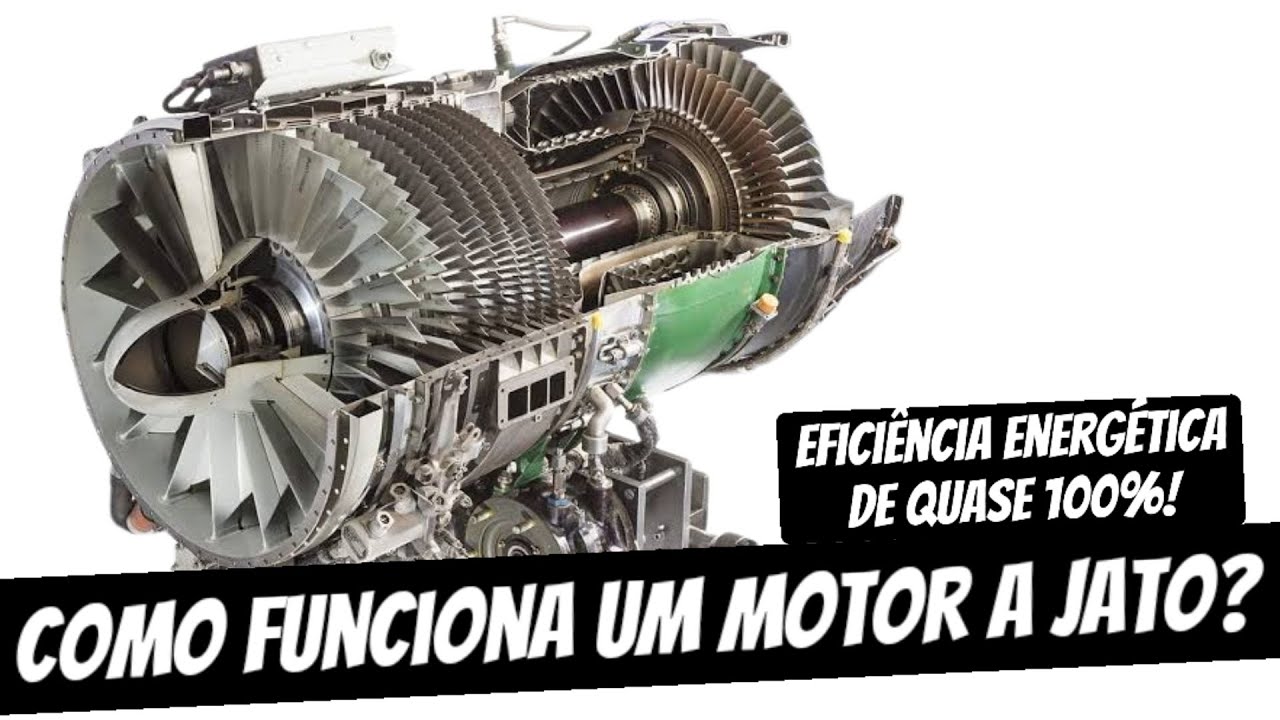The Basics of a Jet Pump
Summary
TLDRThis video covers the fundamentals of jet pumps, explaining how they work and the differences between shallow and deep well jet pumps. Jet pumps, typically used in residential and light commercial settings, lift water from the ground through a suction pipe. The depth of the water determines the pump type, with shallow well pumps lifting up to 25 feet and deep well pumps reaching over 160 feet. The video also discusses the importance of the jet ejector, which increases suction and enables water lifting from greater depths.
Takeaways
- 💧 Jet pumps are used for extracting water from wells and bodies of water through a suction pipe.
- 🌍 Jet pumps are popular in warmer climates and areas with a high water table.
- 🚰 They are typically used for residential water supply, irrigation, and pressure boosting applications.
- 📏 Shallow well jet pumps can lift water up to 25 feet, while deep well jet pumps can lift over 160 feet.
- 🧩 The jet ejector is the key component that allows the jet pump to lift water from deeper wells.
- 🏞 A shallow well ejector is mounted in the pump, while a deep well ejector is installed inside the well.
- 🔄 In a deep well setup, the system uses a two-pipe configuration: one for lifting water and another for returning water.
- ⚙️ Convertible jet pumps can be used for both shallow and deep well setups by adjusting the jet ejector.
- 🛠 Jet ejectors must be carefully matched to the pump and well system for optimal performance.
- 📹 Future videos will cover how to properly size jet ejectors for different applications.
Q & A
What is a jet pump and where is it commonly used?
-A jet pump is a type of pump mounted above ground that lifts water out of the ground or a body of water through a suction pipe. It is commonly used in residential and light commercial irrigation, home water supply, and pressure boosting applications, particularly in warmer climates and areas with a high water table.
What determines whether a shallow or deep well jet pump is required?
-The depth to water determines which type of jet pump to use. Shallow well jet pumps are suitable for lifting water from depths up to 25 feet, while deep well jet pumps can lift water from depths over 160 feet.
How does a jet pump work?
-A jet pump works by creating suction through a component called a jet ejector. Water passes through a jet nozzle at high pressure, increasing its velocity while reducing pressure, which creates suction. This suction helps lift water from the well or water source.
What is a jet ejector, and how does it function in a jet pump?
-A jet ejector consists of a carefully matched nozzle and venturi. Water is sent through the nozzle at high pressure, increasing velocity while reducing pressure. This creates suction around the nozzle, drawing in water and helping lift it to the surface.
What are the limitations of shallow well jet pumps?
-Shallow well jet pumps can lift water from up to 25 feet, with some setups extending that to 28 feet. However, as the distance from the pump to the water level increases, the capacity decreases since more water is required to feed the jet ejector.
How does the ejector configuration differ between shallow and deep well jet pumps?
-In shallow well setups, the ejector is mounted in the pump, in front of the impeller, which increases suction. In deep well setups, the ejector is located underwater, and a two-pipe system is used to transport water to the pump.
What role does the two-pipe system play in a deep well jet pump?
-In deep well jet pumps, the two-pipe system allows pressurized water to be sent down to the ejector, which then reroutes and returns water along with additional supply from the well. One pipe brings water up, while a smaller return pipe circulates water back down to the ejector.
What is a convertible jet pump?
-A convertible jet pump is one that can be configured for both shallow and deep well applications. The jet ejector can be installed in different configurations based on the well depth.
Why is it important to carefully match jet ejectors to the pump and system?
-Jet ejectors must be carefully engineered and matched to the specific pump and system needs. A mismatched jet ejector can lead to inefficient operation and reduced water lifting capacity.
How can someone get help selecting the right jet pump?
-For help selecting the right jet pump, viewers are encouraged to check out links provided in the video description or reach out through comments or phone calls for personalized advice.
Outlines

このセクションは有料ユーザー限定です。 アクセスするには、アップグレードをお願いします。
今すぐアップグレードMindmap

このセクションは有料ユーザー限定です。 アクセスするには、アップグレードをお願いします。
今すぐアップグレードKeywords

このセクションは有料ユーザー限定です。 アクセスするには、アップグレードをお願いします。
今すぐアップグレードHighlights

このセクションは有料ユーザー限定です。 アクセスするには、アップグレードをお願いします。
今すぐアップグレードTranscripts

このセクションは有料ユーザー限定です。 アクセスするには、アップグレードをお願いします。
今すぐアップグレード関連動画をさらに表示

I POMPA AIR PART 1

Jet pumps / Ejectors working principle

Pumps Types - Types of Pump - Classification of Pumps - Different Types of Pump

COMO funciona um MOTOR A JATO? Por que NÃO DEU CERTO em AUTOMÓVEIS

Hydraulic Training Series - Chapter 2 - Hydraulic Pumps

Tertarik tentang Mechanical ?? Yuk pelajari Dasar-Dasar Mechanical
5.0 / 5 (0 votes)
